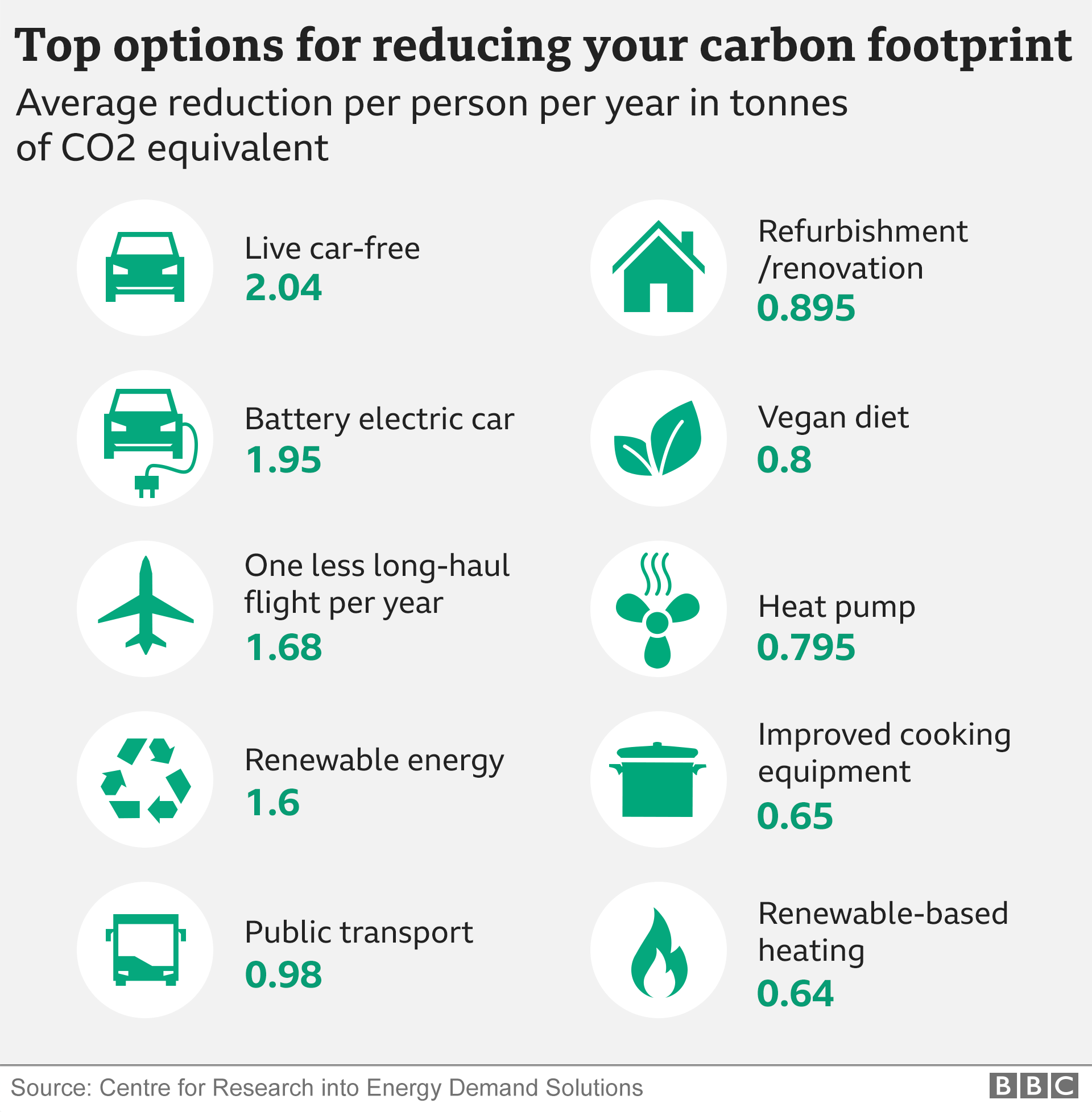Mapping and AI applications suggest that stopping forest management is not enough to offset carbon emissions
A team of atmospheric and climate scientists from several institutions in Europe found that even if all human management of forest land stopped immediately, it would not be enough to offset global carbon emissions. In his study, published in the journal Science , the group used mapping and AI applications to model the extent to which such a plan would result in forest regrowth, and thus CO2 sequestration.
For several years now, many large corporations have been trying to manage their own carbon footprint by doing business with carbon offsets and credits, while paying others to engage in activities that remove CO 2 from the atmosphere, they theoretically compensate for the emissions they emit. The biggest customers in such stores are those who manage large forests, such as parts of the Amazon. However, researchers say there is a flaw in this system – reusing the land as a forest will not be enough to overcome the problem of climate change (by Bob Yirk, Phys.org)




